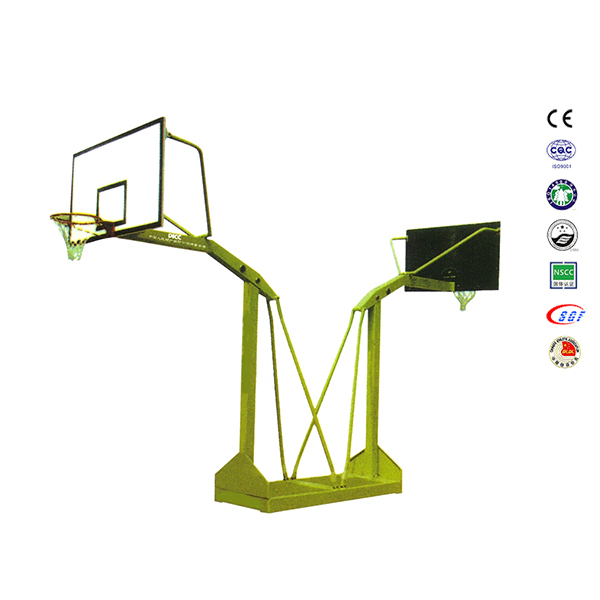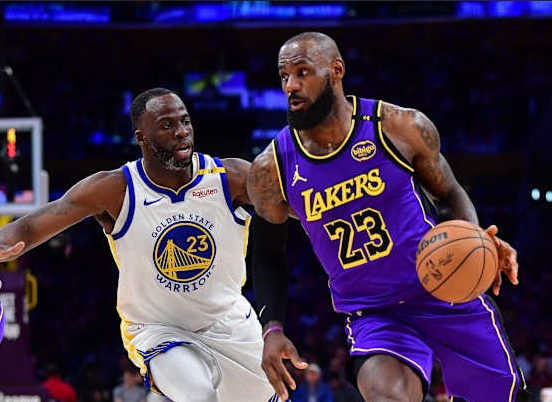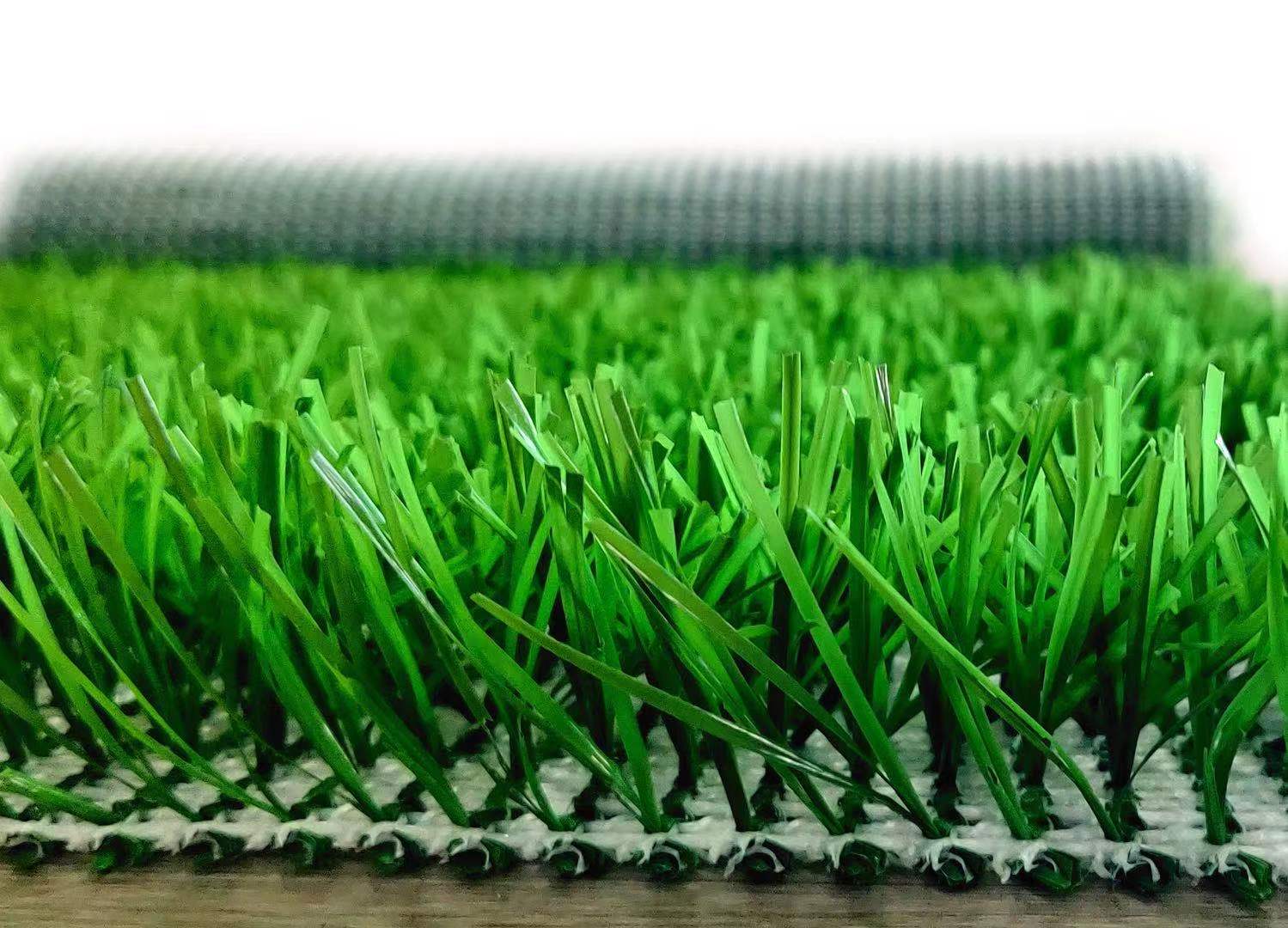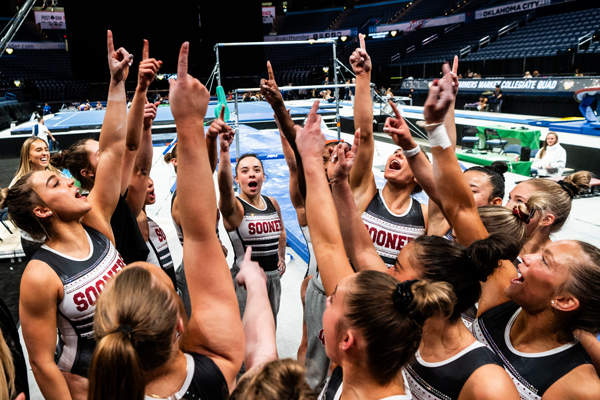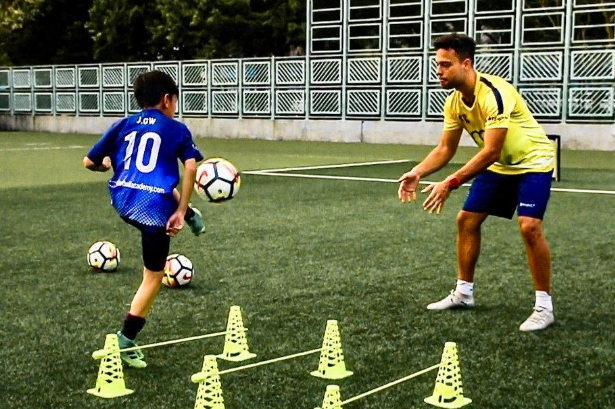Product
One on one football training
Basic Info
1. Understand and evaluate the players
The initial meeting with any player will provide you with an opportunity to understand the player. Think about what the player wants to get out of the training? Do they want to increase their confidence, or do they need to be challenged or further expanded? By communicating with the players what they want to get out of these trainings and what their goals are, you will be able to customize everything to meet their needs. On the other hand, this will help the coach to establish a good relationship with the players. When you start to contact the players, first start to understand what they are best at and what they need to improve. Then focus on the areas where the players need to improve based on their Goals.
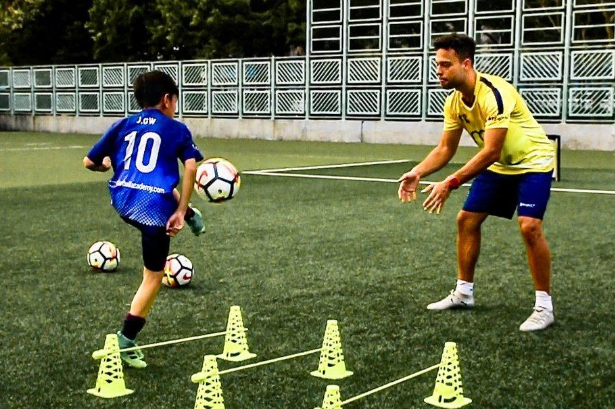
2. Tailor-made
Once the coach has a better understanding of what the players want to achieve, and the players also want to know how to improve themselves from the evaluation of the coach, it is time to start thinking about how to tailor these courses for them. To do this, here are some things to consider:How old is this player?
What is their football experience?
Do they have a fixed position?
What are their goals?
What are they best at?
What do they need to improve?
Do you know your players?
3. Build a connection
By evaluating the players and talking to them about what they think they want to improve, you will be able to start to build a connection, not only in the training work you are completing, but also between the coach and the player. Through this connection, let the players realize that the coach is with the players, and the coach's efforts are for the improvement of the players. While paying attention to Football skills, we must also pay attention to the players' psychology and life. A more complete understanding of the players will help improve the coach's ability to solve problems in different situations.4. Reflection and improvement
Reflect in time, reflect on whether the players have achieved the set goals in training, grasp the progress of training and whether the players have completed the corresponding improvement. If not, the training content needs to be adjusted. If the set goals have been achieved in a certain aspect, you can communicate with the players in time to make higher goals in this aspect and develop a training plan.

5. Build confidence
One-on-one training is a good way to actively strengthen the progress of players. If done in the right way, one-on-one coaching sessions are a great opportunity to help build a player's confidence and inspire their enthusiasm for learning and improvement.Overall description of training
This lesson plan is mainly to improve the following "five rings" of players' abilities:Technical ability: Improve the dribbling and ball control techniques used by players in the 1-on-1 process. Tactical ability: Continuously observe and respond before and after handling the ball to form a "triangle"
Physical fitness: Develop the player's body balance ability, as well as coordination and flexibility.
Mental ability: Develop the player's psychological qualities such as observation, judgment, and decision-making.
Social ability: Feel the joy of football
Preparation part - warm-up (5 minutes)
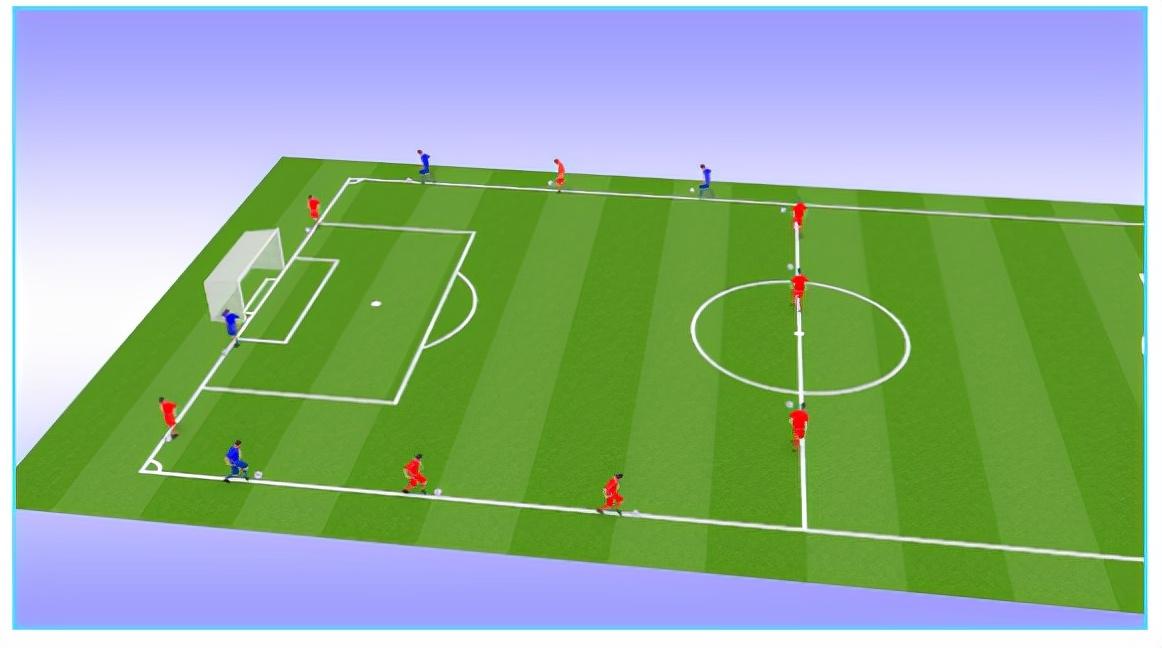
Preparation part
Venue: 40m× 22mNumber of people: 8 people
Equipment: 8 balls, 4 logo uniforms
I. Classroom routine
1. Gather the team; teachers and students greet; roll call;2. Introduce the content of this lesson (improve 1V1 offensive ability) and learn the significance of 1-on-1 offense.
3. Ask students about their physical condition; arrange trainees to attend classes
Special exercises:
Methods: 1. All students jog 5 laps around the football half court with the ball. 2. Students dribble the football with the front of their feetGuidance points:
1: Look up at people2: Lower the center of gravity
Basic part - technical exercises 1 (15 minutes)
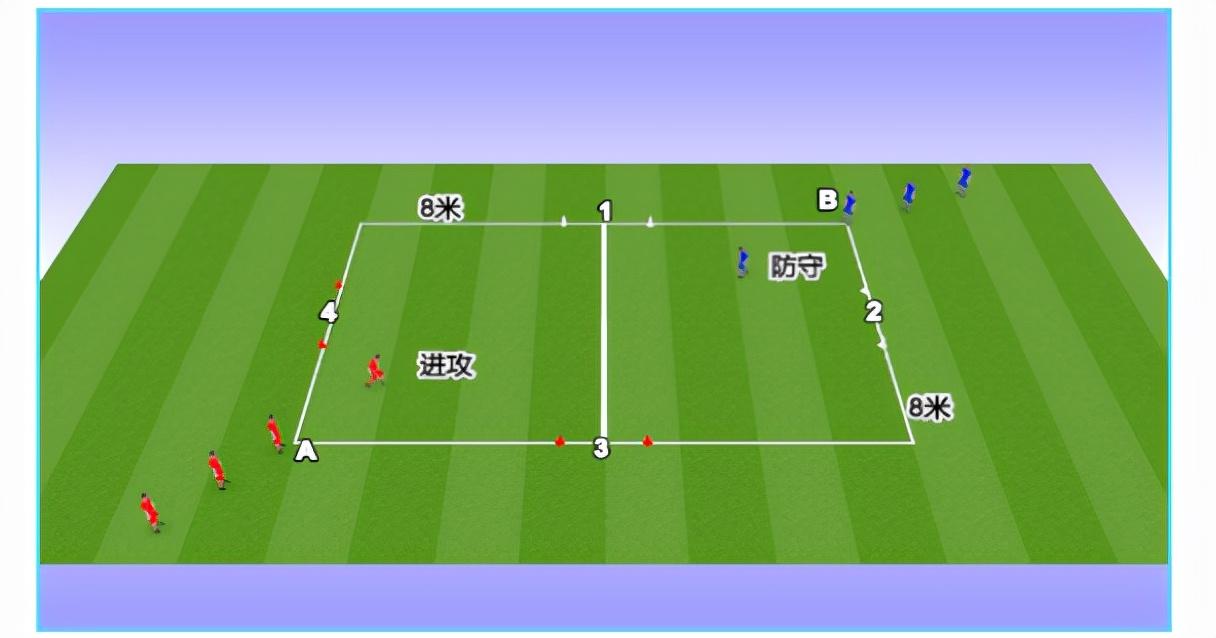
Part description:
Venue: 8m× 8mNumber of people: 8 people
Equipment: 8 balls, 4 logo suits, 8 logo buckets
Training settings:
1: 8 players are divided into two groups2: Stand at AB on the diagonal respectively
3: As shown in the road map, set up 4 small gates of two different colors in the middle of each sideline, each small gate is 2 meters wide
Method:
1: The two teams play 1V1 (both without the ball), one group attacks and the other defends2: First, the red team attacks the white small Goal (1 and 2) and the blue team starts to defend
3: If the attacking player runs into the designated goal smoothly, the attack is successful. If the defending player touches the attacking player, the attack fails
4: After all the players of the red team are completed, the attack and defense conversion/rotation will be carried out. The blue team attacks the red goal and the red team defends
Guidance points:
1: If the coach does not explain the training concept in advance, the red team's attacking players are likely to run around randomly on the field or run directly to the target goal. As shown in the figure, if the red team player runs directly from A to the white goal 1 or 2, the distance , the distance is farther than the defending blue team players, so it is easy to be caught by the blocked path, leaving enough time and space for the blue team players2: The coach needs to let the team understand that the red team members should run quickly to the end point C when attacking, because only after passing through C, the angle of the goal can be maximized, and the red team players will have more space to choose the goal they want to pass. However, the red players need to maintain the distance between them and the blue players and not be caught by the blue players. As the defending blue team, they also need to run quickly to the end point C to block the red players in a smaller range and reduce the distance between them and the offensive red team
3: The offensive players use fake moves to induce the defensive players to lose their center of gravity, so as to quickly disguise and pass the goal
4: The defensive side should pay close attention to the offensive and the intention of each player's action
Basic part-technical practice 2 (15 minutes)

Session description:
Venue: 8m× 8mNumber of people: 8 people
Equipment: 8 balls, 4 logo suits 8 marker barrels
Training settings:
Method:
1: Add dribbling as in the previous link2: If the blue team player successfully steals the ball, he should immediately attack the red Goal. The blue team needs to switch from offense to defense and quickly defend the red goal
3: If the ball goes out of bounds, the next player in the queue starts training
4: The offensive player must dribble the ball through the goal smoothly
5: After each group of players completes the attack and defense conversion/rotation
Guidance points:
1: As shown in the figure, both the offensive and defensive sides need to quickly reach the middle point C to gain more space and angles, because the offensive red team needs to pay attention to the ball control and the position of the defensive blue team during the dribbling process, so the offensive space of the offensive red team players will be relatively reduced and the difficulty will be relatively increased2: The offensive players of the red team should face the defensive players of the blue team directly
3: When facing the defensive players, use fake moves to deceive the defensive players and transfer to the other direction
4: Accelerate to pass the defensive players and dribble the ball smoothly through the goal
5: Use different technical moves
6: Quickly switch between offense and defense after losing the ball
Basic part - skill practice (30 minutes )

Part description:
Venue: 8m× 8mNumber of people: 8 people
Equipment: 8 balls, 4 logo suits, 8 logo barrels
Training settings:
Method:
1: The red team passes the ball to the blue team, the blue team starts to attack the red Goal with the ball, and the red team defendsGuidance points:
1: Because the defending red team takes the lead after passing the ball, it can pass the midpoint C first, thus blocking the attacking blue team players in a very small space, just like blocking the attacking players near the corner flag in the game, so the difficulty of this part will be further increased.
2: When the defending players see the attacking players entering their defensive area, they should quickly step forward to intercept. When intercepting, the distance between the defending players and the attacking players should not be too far or too close. When the offensive and defensive players confront each other, it is more appropriate to keep a distance of one step, so that they can move forward and backward freely.
Basic part - small game (20 minutes)
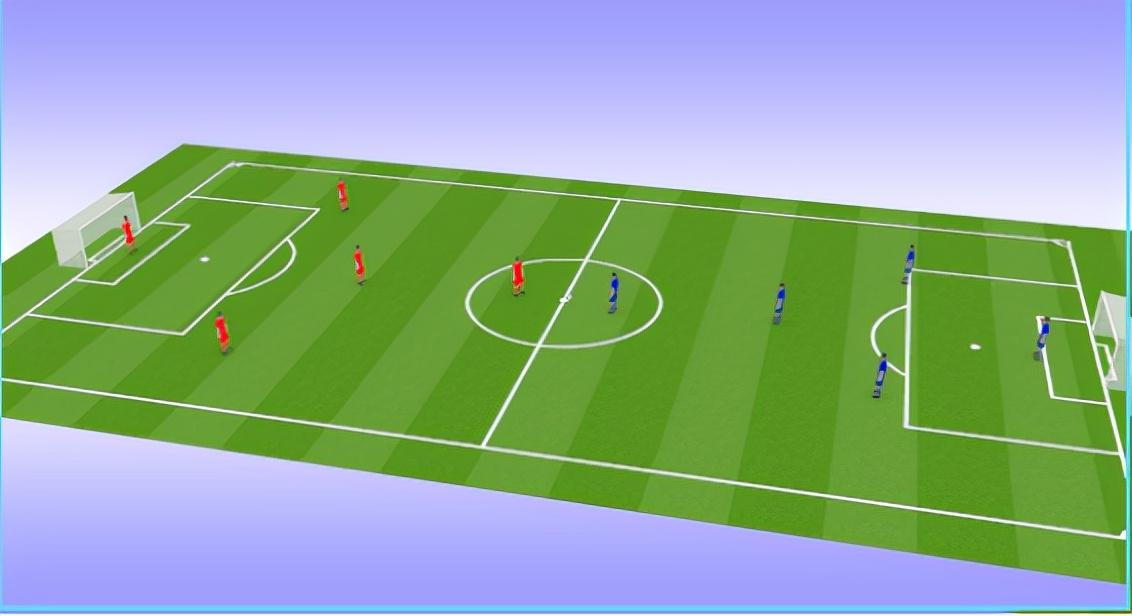
Part description:
Venue: 40m×20mNumber of people: 10 people
Equipment: 8 balls, 4 logo uniforms
Method:
1: Divide 8 players into two groups, 4 people in each group2: Conduct a small-scale game
Rules:
1: Five-player competition rules2: Use the 1V1 attack and defense methods just learned
Guidance points:
1: Run, run without the ball2: Communicate for the ball
3: Pass more
Ending part (5 minutes)

Part description:
Ending part 1. Two rows stand at arm's length 2. Relaxation activities (sitting down to stretch ligaments, hands on hips, close eyes and take a deep breath, pat muscles, massage each other)3. Comment on this class
4. Recycle equipment
More LDK football product recommendations:
Football Cage
Futsal Goals
Metal Football Goal
Aluminum Football Goal
Foldable Football Goal
Portable Football Goal
Mini Football Goal
LDK sports equipment manufacturer's promotion is in progress: Click to contact us now






